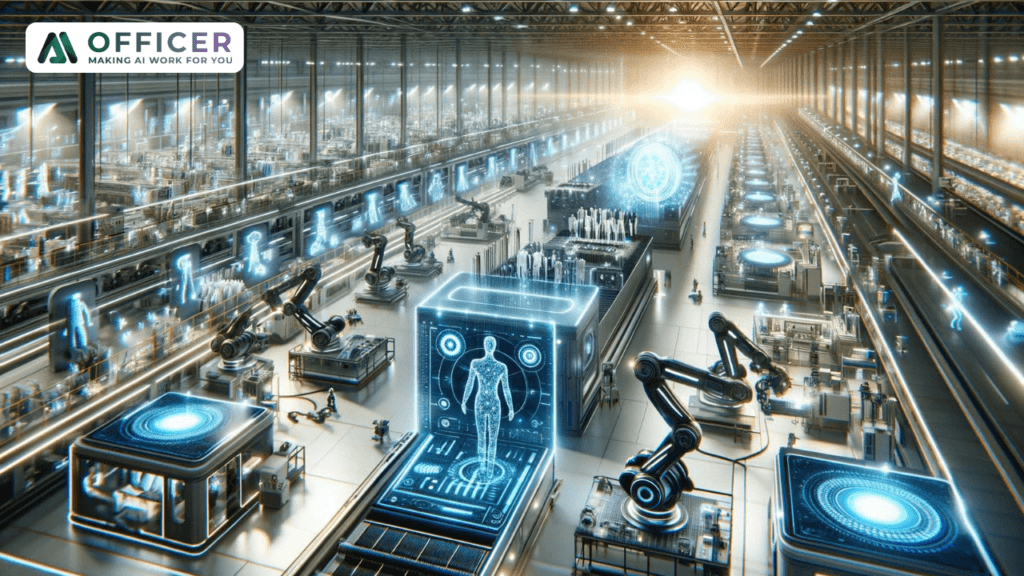
The fashion industry, a dynamic and ever-evolving sector, has always been at the forefront of adopting innovative technologies. As we navigate through 2023, Artificial Intelligence (AI) emerges as a game-changer in fashion manufacturing. This blog delves into the profound impact of AI on enhancing efficiency in fashion production, exploring the latest trends, benefits, and future implications.
AI: A Catalyst in Fashion Manufacturing
Intelligent Design and Trend Prediction: AI algorithms have become pivotal in predicting fashion trends by analyzing vast amounts of data from social media, runways, and consumer behavior. In 2023, AI-driven analytics are enabling designers to create styles that resonate with market demands, reducing the risks of unsold inventory.
Customization and Personalization: AI has unlocked new potentials in customization. With advanced algorithms, manufacturers can offer personalized clothing options, tailoring designs, and sizes to individual preferences. This approach is not only consumer-centric but also reduces waste, aligning with sustainable fashion initiatives.
Streamlining Production Processes
Automated Quality Control: AI-powered quality control systems are revolutionizing the inspection process in fashion manufacturing. These systems can detect minute defects faster and more accurately than human inspectors, leading to a significant reduction in waste and cost overruns.
Supply Chain Optimization: AI’s role in optimizing supply chains is noteworthy. In 2023, AI tools are being used to forecast demand more accurately, manage inventory, and streamline logistics. This efficiency reduces lead times and costs, ensuring that the right products reach the right markets at the right time.
Sustainability and Ethical Manufacturing
Reducing Environmental Impact: The fashion industry has been under scrutiny for its environmental footprint. AI is playing a crucial role in addressing this by optimizing resource use and reducing waste. For instance, AI algorithms can predict the exact amount of fabric needed for production, minimizing fabric waste.
Ethical and Transparent Practices: AI tools are aiding in the enforcement of ethical manufacturing practices. By monitoring and analyzing data from various stages of the production process, AI ensures compliance with labor and environmental standards.
Challenges and Future Directions
Overcoming Implementation Barriers: While AI offers immense benefits, its implementation in fashion manufacturing faces challenges, including high costs and the need for skilled personnel. However, as AI technology becomes more accessible and user-friendly, these barriers are gradually diminishing.
Future of AI in Fashion Manufacturing: The future of AI in fashion manufacturing is promising. We can anticipate further advancements in AI algorithms, leading to even more efficient, sustainable, and consumer-focused production processes.
Conclusion
As we proceed through 2023, AI’s impact on fashion manufacturing efficiency is undeniable. From trend prediction to supply chain optimization, AI is not just a tool for efficiency; it’s a catalyst for innovation and sustainability. The fashion industry’s adoption of AI is setting a precedent for other industries, showcasing how technology can be harnessed for better, more efficient, and sustainable practices. This AI-driven transformation is not just about staying in vogue; it’s about reshaping the very fabric of fashion manufacturing for the better.





